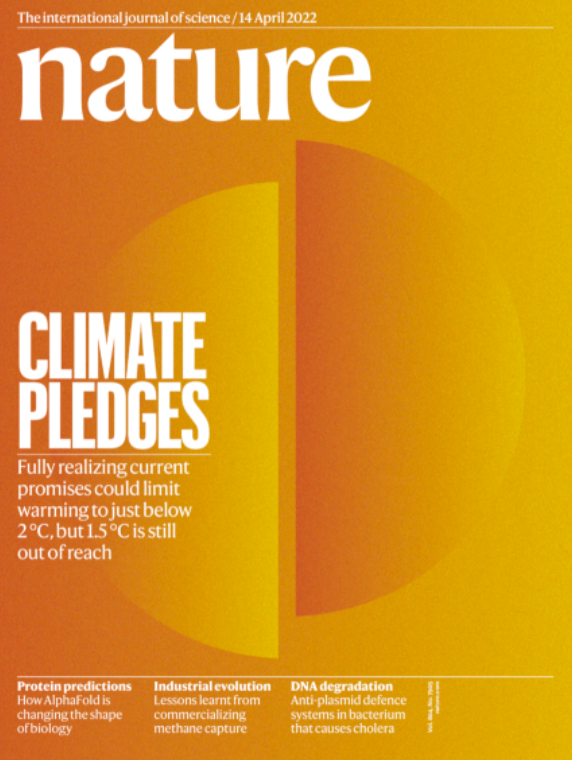Welcome to probably the world’s most comprehensive quantification of NDCs (although there are some great other resources around).
Climate Resource makes this data available CC BY-NC 4.0 licence. We also provide additional data and data support services to clients wanting to use this for commercial purposes and wanting more frequent updates, metadata, analysis of changes over time, or to integrate these datasets into their workflows. Get in touch at contact@climate-resource.com if you are interested.
Country Snapshots
Briefing - 11 December 2023COP28: Entering a 1.5°C world, it’s time for a fossil fuel exit
As the world meets at the Dubai COP28 in 2023, and in the context of the 2023 Global Stocktake, it is timely to have another look at countries’ climate targets and progress towards 1.5°C. On the positive side, as of 28 November 2023, more than 80 countries formally include long-term targets that are mostly net-zero carbon or net-zero GHG emissions (with some notable exceptions). That is a remarkable trend that would be in line with a 1.5°C or 2°C target, if followed globally. 
In April 2022, our analysis was published on the front page of Nature - showing that all pledges together, if followed through, would amount to “just below” 2C warming. It’s not yet “well-below” 2C and insufficiently ambitious 2030 NDCs still stand in the way of getting closer to the 1.5C pathways. There has been little progress towards stronger targets globally in the past 18 months. Countries need to overachieve 2030 targets and adopt 2035 targets that make pathways to mid century net-zero targets feasible. Critically, we need to see policies implemented that will deliver on those targets to keep 1.5°C alive.
As yet, many of the 2050 targets are (somewhat unsurprisingly) not yet in law or underpinned by policies, which is why we see many warming estimates published in 2023 that still project the warming implied by NDCs as being somewhere between 2C and 3C. That is what emerges when we do not take into account the long-term targets. It is what could unfold if, in the decades to come, the world continues on the path it is on between now and 2030, and doesn’t implement the policies and actions needed to deliver more rapid emissions reductions and achieve the longer-term targets and net-zero commitments.
To bring more transparency to the table, we provide what is - to the best of our knowledge - the world's most comprehensive quantification of all the 196 nationally determined contributions (NDCs) and long-term low emissions development strategies (LT-LEDS) that were put forward now by more than 80 countries, from the INDCs at the time of the Paris Agreement in 2015, all the way to the latest updated country submissions. There has been little change in global ambition in the past year, highlighting the need for increased ambition as countries submit updated NDCs for 2035.
Given the data challenges for many countries, some NDCs can be interpreted in a range of ways resulting in different quantifications of the emissions reductions implied. We seek to quantify the range of emissions reductions consistent with conditional, unconditional and ambiguous elements in NDCs, but acknowledge there may be different interpretations in some cases.
We provide rankings of the countries in terms of some key indices, like which country will have the highest per-capita emissions in 2030, if its pledges are followed. Likewise, we show the rankings of country emissions in the world as of 2015 and consistent with their 2030 NDC targets.
For further links and descriptions of methods and underlying data, please check out our methods page. Contact us at mailto:contact@climate-resource.com if you are interested in using this data for commercial purposes, or wanting wanting more frequent updates, metadata, data analysis, or other data support services.
Last Updated: 9th September 2025